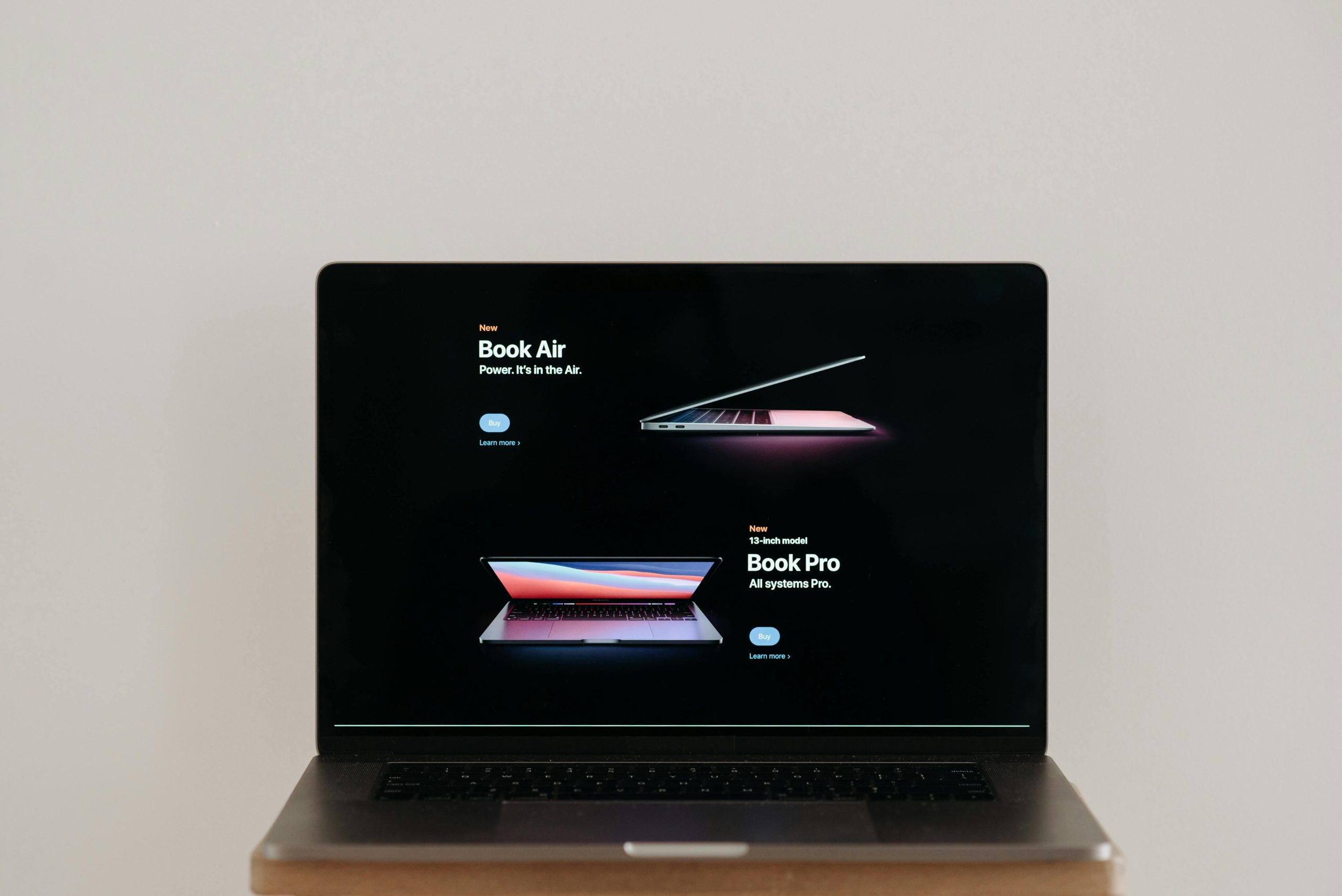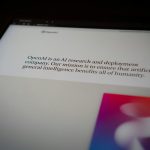Website design continues to evolve at a rapid pace, blending creativity, functionality, and technology to deliver exceptional user experiences. With the increasing importance of online presence for businesses, staying ahead of the design curve is essential. Here are the top website design trends to inspire your next digital project.
1. Minimalist and Clean Aesthetics
"Less is more" than ever. Minimalist designs with ample white space, clear typography, and simple navigation are dominating web design. This trend emphasizes:
- Clarity and Focus: Removing unnecessary elements to help users focus on key content.
- Faster Load Times: Minimalism often leads to lightweight designs, improving website performance.
- Accessibility: Clean interfaces are easier for users to navigate, regardless of their technical expertise.
2. Dark Mode as Default
Dark mode has gone from being an option to a design standard. Many websites now offer dark mode by default or prominently feature it alongside light mode. Benefits include:
- Energy Efficiency: Reduces power consumption, especially on OLED screens.
- Modern Appeal: Creates a sleek, futuristic aesthetic.
- Enhanced Readability: Reduces eye strain, particularly in low-light environments.
3. Immersive 3D and AR/VR Elements
Advances in technology have made 3D visuals and augmented/virtual reality (AR/VR) accessible to more websites. Currently, immersive experiences are transforming how users interact with websites:
- 3D Product Previews: Especially popular in e-commerce, allowing users to explore items in a virtual space.
- Interactive Experiences: AR/VR integrations for virtual tours, interactive maps, or dynamic storytelling.
- High-Impact Visuals: 3D elements add depth and visual appeal, making websites more engaging.
4. AI-Driven Personalization
Artificial intelligence is taking personalization to new heights. More and more websites are leveraging AI to deliver customized user experiences, including:
- Dynamic Content: Displaying content tailored to individual users based on browsing history, preferences, or location.
- Interactive Chatbots: AI-powered chat interfaces that mimic human interaction for seamless customer support.
- Behavior-Based Recommendations: Personalized product or content suggestions for increased engagement.
5. Bold Typography and Custom Fonts
Typography has become a focal point in web design, so expect to see:
- Oversized Headlines: Bold, attention-grabbing fonts that instantly communicate the website’s purpose.
- Unique Fonts: Custom and creative typography that reflects a brand’s identity.
- Interactive Text Effects: Animated or hover-responsive text elements for added interactivity.
6. Sustainable Web Design
As environmental consciousness grows, sustainable web design has emerged as a priority. This involves creating websites that:
- Optimize Resource Usage: Minimize energy consumption through efficient coding and lightweight elements.
- Support Green Hosting: Partner with eco-friendly hosting providers that use renewable energy.
- Encourage Sustainability: Incorporate green messaging and calls to action that promote sustainable practices.
7. Micro-Animations and Scrolling Effects
Small but impactful animations continue to trend. They enhance user experience by providing subtle feedback and engaging visuals. Key examples include:
- Hover Effects: Animations triggered when users hover over buttons, images, or links.
- Parallax Scrolling: Background images or elements that move at different speeds to create depth.
- Interactive Transitions: Smooth transitions between pages or sections to maintain flow.
8. Voice User Interfaces (VUI)
With the rise of voice assistants like Alexa and Siri, voice user interfaces are making their way into web design. Features include:
- Voice Navigation: Allowing users to interact with websites using voice commands.
- Text-to-Speech Integration: Websites that can read content aloud for enhanced accessibility.
- AI Voice Assistants: On-site virtual assistants that provide guided navigation.
9. Inclusive Design
Inclusivity remains a top priority, with designers focusing on creating websites that accommodate diverse user needs. This includes:
- Accessible Features: Support for screen readers, keyboard navigation, and high-contrast mode.
- Cultural Sensitivity: Designs that account for global audiences with multilingual support and culturally appropriate visuals.
- Diverse Imagery: Representing people of different backgrounds, abilities, and experiences in visual content.
10. Asymmetrical Layouts and Overlapping Elements
Breaking the grid has become a popular trend. Asymmetrical layouts create dynamic, eye-catching designs by:
- Adding Visual Interest: Breaking away from predictable structures.
- Guiding the Eye: Using deliberate asymmetry to direct users toward important content.
- Showcasing Creativity: Giving brands a unique and modern look.
11. Enhanced Mobile-First Design
With mobile internet usage continuing to surpass desktop, mobile-first design is no longer optional. Trends in this area include:
- Touch-Friendly Interfaces: Larger buttons, responsive gestures, and intuitive navigation.
- Progressive Web Apps (PWAs): Blurring the line between websites and apps by delivering app-like experiences.
- Speed Optimization: Prioritizing fast load times for mobile users on slower connections.
How to Stay Ahead of the Trends
- Prioritize User Experience: Trends should enhance usability, not detract from it.
- Test New Features: Use A/B testing to gauge how users respond to new design elements.
- Stay Flexible: Design trends change rapidly; keep your website adaptable.
- Partner with Experts: Collaborate with experienced web designers to implement these trends effectively.
In Conclusion
The website design trends highlight a growing emphasis on immersive experiences, accessibility, and sustainability. By incorporating these elements into your website, you can not only captivate your audience but also ensure your site remains relevant in a competitive digital landscape.
Stay ahead of the curve and start embracing these trends today to create websites that resonate with modern users and stand out in the ever-evolving online world.




